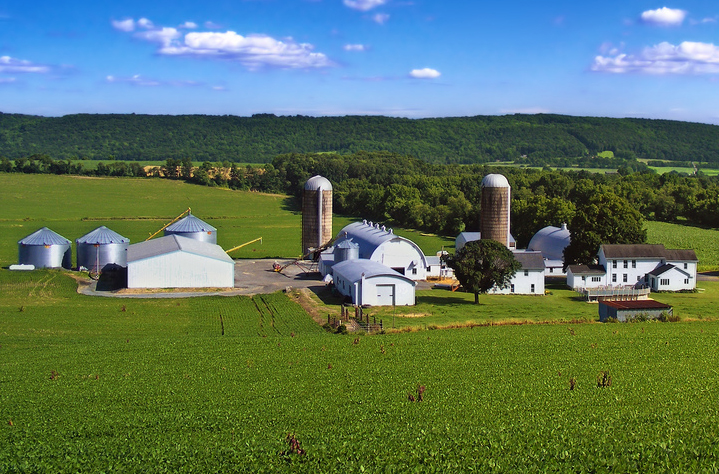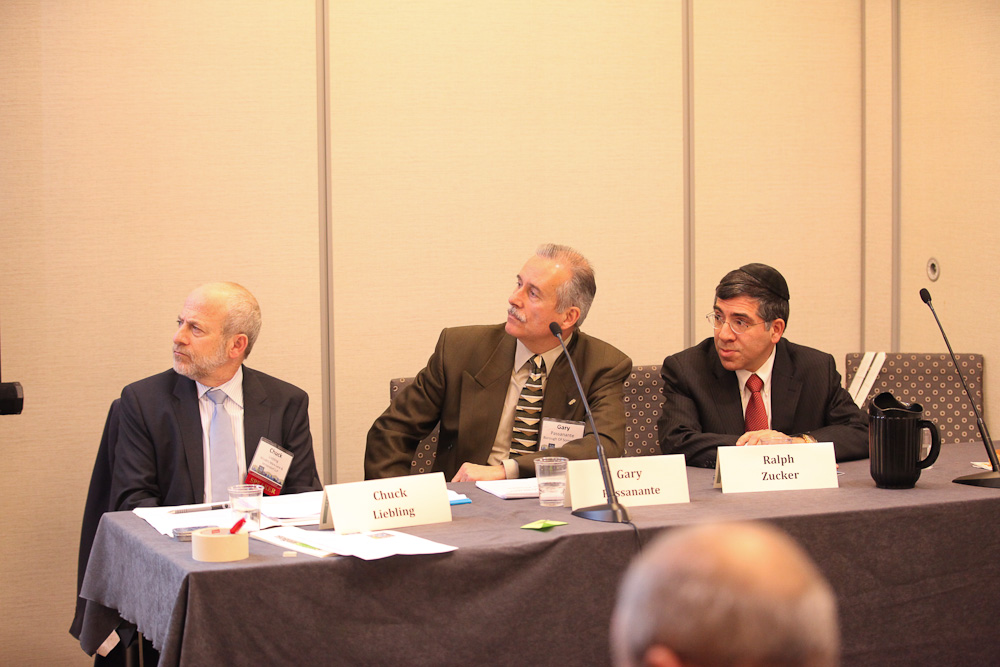New Jersey Future Blog
Redevelopment Offers Towns Opportunity
February 4th, 2009 by Tim Evans
- An analysis by the Fair Share Housing Center reveals that 299 of the state’s 566 municipalities—a little more than half—have submitted or plan to submit affordable-housing plans to the Council on Affordable Housing (COAH) or to the courts.
- Together, these municipalities represent 63.5 percent of the total statewide growth-share obligation assigned by COAH. The other 36.5 percent of the total obligation was assigned to municipalities that have now declined to participate in the COAH process.
- About 3,300 affordable units, or 3.2 percent of the total statewide growth-share obligation, are proposed to be provided in redevelopment areas. These proposed units are distributed among 51 municipalities, meaning that about one of every 11 municipalities—or about one of every six municipalities participating in the COAH process—has elected to provide part of its growth-share obligation through redevelopment projects.
- There are more units planned in redevelopment areas than these statistics show. The Fair Share Housing Center reports that some towns are proposing to meet their growth-share obligations through redevelopment projects that are not specified as such in their plans.
Many Towns Claim Lack of Vacant Land Is Impediment to Creation of Affordable Housing
Redevelopment offers municipalities the opportunity to “recycle” land that has fallen into disuse or is occupied by buildings that have become economically obsolete. This chance to start over also presents the opportunity to provide new housing, including housing affordable to low- and moderate-income households. Since all municipalities are faced with a need to accommodate at least some new affordable-housing units under COAH’s growth-share approach, redevelopment is a tool that many of them should be considering.
Even the most built-out towns need not plan sprawl housing developments or gobble up precious open space to meet their housing needs. Indeed, among the 268 municipalities whose plans have been reviewed by the Fair Share Housing Center, 51 have proposed to meet at least part of their growth-share obligation through redevelopment. And some of these are not the type of places that normally come to mind as being in need of redevelopment: Bridgewater, Delanco, Colts Neck and an assortment of fast-growing townships in Gloucester County (Harrison, East Greenwich, Monroe, Mantua and Deptford). Redevelopment is clearly not limited to the big city.
Redevelopment is a way to accommodate housing growth when vacant land is unavailable, as evidenced in many of our more urbanized areas. Among the municipalities that have chosen not to participate in the COAH process, 47 are urban-aid municipalities that already have an abundance of affordable-housing units. Together, these 47 municipalities account for 52 percent of the total units listed on the Department of Community Affairs’ 2006 affordable-housing inventory. Despite being 94 percent built-out on average, according to researchers at Rutgers and Rowan universities, these places nonetheless accounted for a full 18 percent of all building permits issued statewide from 2000 to 2007. These data make it clear that lack of vacant land does not hinder the creation of new housing.
Yet lack of vacant land is cited by many towns as a reason not to provide affordable housing. Of the 268 submitted plans reviewed by the Fair Share Housing Center, 77 asked for a reduction in their growth-share obligation, based on a lack of vacant land. These same 77 municipalities, it should be noted, accounted for nearly 10 percent of all building permits issued statewide between 2000 and 2007. While it may be true that they are now closer to build-out than they were a decade ago, the experience in older, built-out urban municipalities demonstrates that redevelopment can happen even in places where there would appear to be no room for growth.
The diverse municipalities that have embraced redevelopment in the plans they have submitted to COAH are testimony to the fact that opportunities exist to build affordable housing in all types of communities, including those where vacant land is at a premium. COAH should take a careful look at towns claiming a vacant land adjustment, as its rules allow, to see if there are opportunities for redevelopment.
If you have any questions about this issue of Future Facts, please contact Tim Evans, Research Director.
















